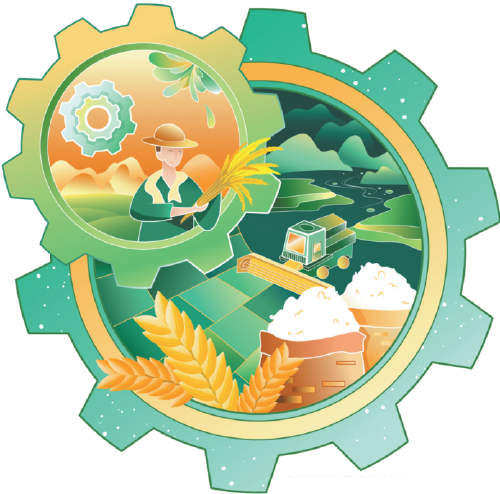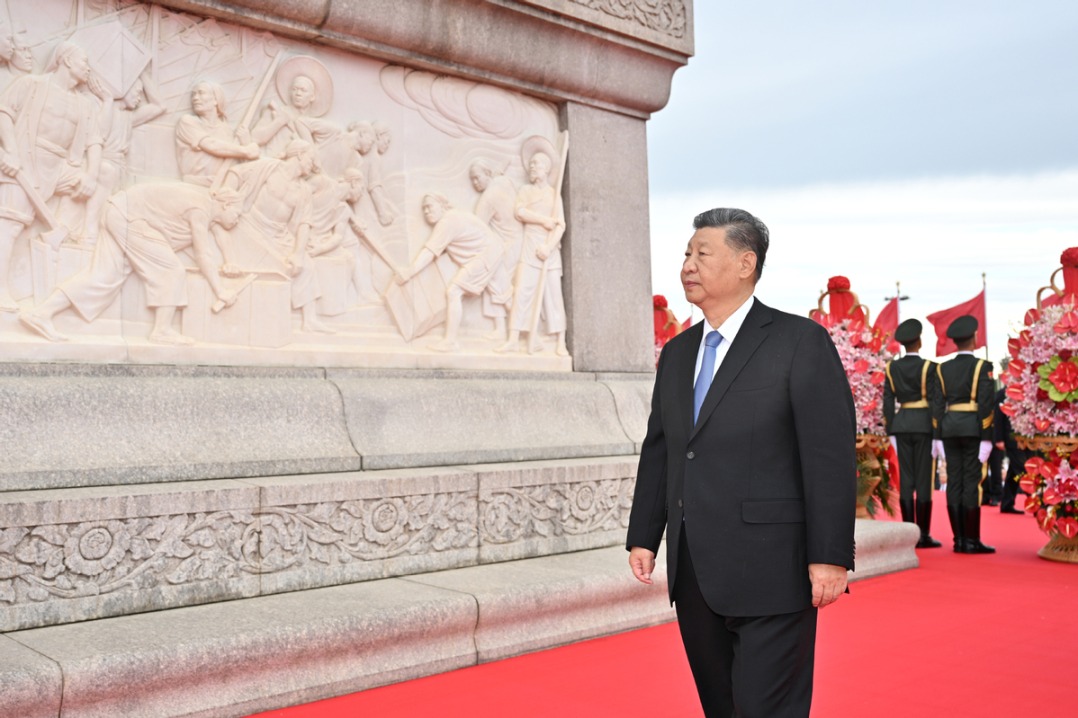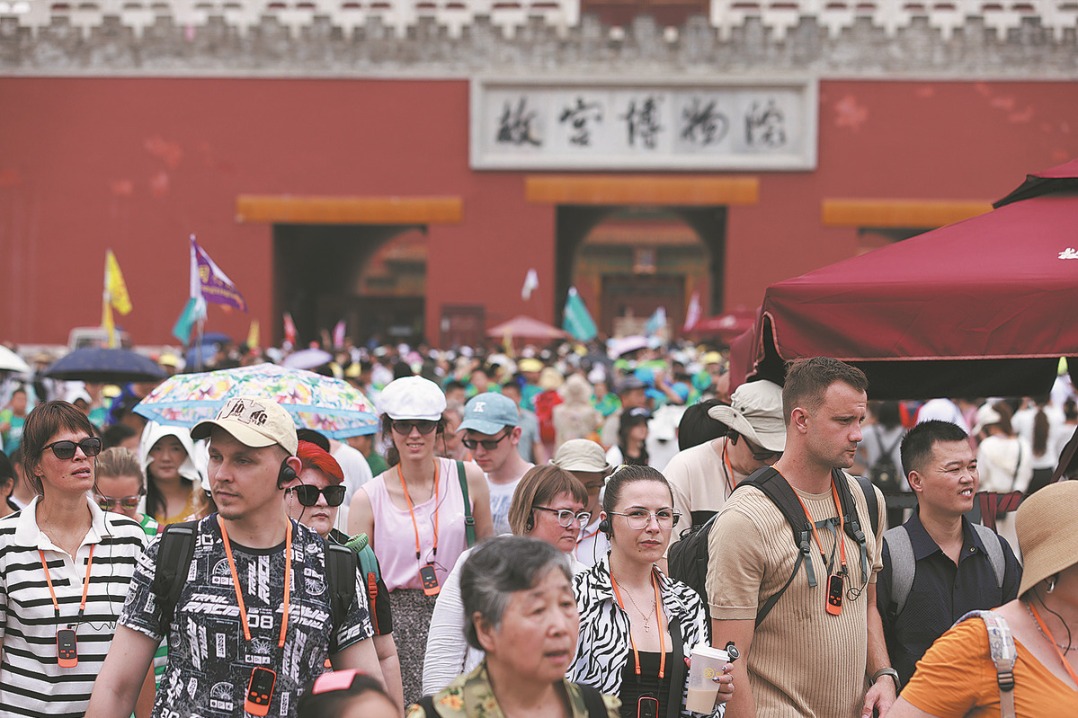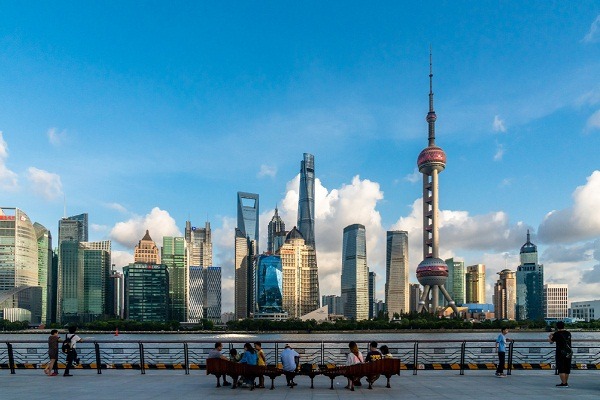COVID-19 and food security


China should take necessary measures given the uncertainty of the current international market
Since the COVID-19 outbreak, the order of international food trade has been obstructed, the number of people suffering from hunger worldwide has increased significantly, and all the countries have taken measures to ensure food security.
The global food market has experienced unprecedented challenges. The grain price in the global market rose and fell sharply and the trend of financialization became more pronounced.
Comprehensively analyzing, prices of grain are fluctuating because, under the circumstances of a general balance in the supply and demand, and high inventory, in the global food market for many years, countries around the world have responded actively to the negative impact, frequently adjusted their financial policies such as interest rates and money supply, as well as agricultural import and export policies.
This convergence of policies among countries over a period of time is the prime reason. Also, because of the COVID-19 pandemic, international freight and logistics are facing huge challenges, raising the imbalance between global food supply and demand and triggering a global food crisis.
The supply for China's domestic grain market is abundant, the price is relatively less volatile, and the market is basically stable. The rise of grain prices in the international market has had a limited impact on China. However, the impact varies with grain variety. At present, the sharp fluctuations in the international market have spread to the domestic market and the impact on China mainly includes five aspects:
First, compared with the record high prices in European and American economies, China's price level is relatively stable. However, due to the high international inflation, it is also on the rise.
Second, in the first eight months of last year, China's imports of agricultural products dropped by 9.95 percent year-on-year, and grain imports fell 12.11 percent year-on-year. The reasons include poor logistics caused by the pandemic and the restrictive measures imposed by many countries on exports. The poor international logistics has spread as the pandemic has rebounded in many places in China since April 2022.
Third, the impact of rising international food prices is transmitted to China through trade and financial markets. In addition, the rising prices of crude oil, fertilizer and other bulk commodities have significantly increased feed costs. According to a survey, the prices of pig feed and poultry feed have increased by 2 percent and 4 percent, respectively, in April and May 2022, compared with the end of January. International food prices have fallen since May 2022. However, because of the continuous increase of interest rate in the United States, China's feed import costs remain high.
Fourth, the Russia-Ukraine conflict has not only pushed up international food prices, but also raised the global crop planting cost. Russia, the world's largest fertilizer exporter, accounts for about 40 percent of the world's exports. Since Russia suspended its exports of chemical fertilizers on March 10, fertilizer prices have risen internationally, including in China.
Fifth, since the outbreak of the Russia-Ukraine conflict, while the feed price has gone up significantly, the domestic prices of live cattle and sheep, as well as beef and mutton, have dropped because of the strict prevention and control measures China implemented and the reduction of logistics efficiency and the substitution effect brought by the continuous decline in pork prices. This has squeezed the profits from cattle and sheep breeding.
In view of the uncertainty of the current international market and its impact on China, China should take measures in the following six aspects:
First, China should establish a big food security concept, sorting out the main agricultural products one by one, and further clarifying the priorities of domestic supply and imports according to the comparative analysis of domestic and foreign supply potential, cost benefit, importance and sensitivity of products and other factors. China should correctly understand the importance of the grain supply security, strengthen strategic planning, so as to ensure supply and price stability.
Second, China should build up its agricultural product market information system and technical teams for domestic and foreign market monitoring and early warning, improve the information collection and analysis of global agricultural product market, respond to changes in the international market timely, resolve domestic market risks, and ensure stable supply and price in the domestic market. It should offer guidance to market expectations, avoid irrational investor speculation and behavior, and appropriately guide the consumption of consumers.
Third, in the face of the complex global landscape, China should give full play to the scale advantage of the domestic market, improve its global supply chain of grain and important farm produce, enhance the ability to control international resources, form a more diversified import pattern, and reduce dependence on a few countries to reduce risks. It should improve the management of tariff quotas and state trade for important agricultural products, strengthen inspection and quarantine, determine the import scale, frequency and timing of different farm produce, and crack down on smuggling.
Fourth, China should optimize its grain logistics channels and build a modern grain storage logistics network. It should promote a national grain distribution network with a reasonable layout, smooth circulation, high safety and efficiency.
The main market areas should cultivate grain industrial parks to improve the grain value chain, support the development of agricultural facilities, encourage land circulation, optimize industrial integration, strengthen technology and information support, nurture brands, and help enterprises develop an operation and development model that integrates the demonstration of new varieties and new technologies, whole-process mechanized production and efficient ecological agriculture.
Fifth, China should launch and improve emergency grain processing, supply, storage and transportation networks, and enhance the utilization of resources. The planning of emergency supply outlets should take both urban and rural areas, including remote areas, into account. Transportation authorities should participate in the planning of the emergency transportation routes and capacity work. China should establish a long-term and stable coordination mechanism with transportation, logistics and other relevant authorities, and accelerate the establishment of an integrated multi-sector coordination management system. It should step up efforts to build big data for food security, and further ramp up the capacity for macro regulation and control of grain security.
Sixth, China should improve the management system for grain reserves, optimize the regional distribution and variety structure of grain reserves, and ensure the quantity and quality. The scale of government reserves should be reasonably determined and a dynamic throughput and rotation regulation mechanism should be set up. China should make efforts to strengthen counter-cyclical adjustment, and improve the capacity of reserve throughput to stabilize the price fluctuations in domestic agricultural products market.
The author is the director of the Circulation and Industrial Development at the Macroeconomic Research Department and a senior economist with the China Center for International Economic Exchanges. The author contributed this article to China Watch, a think tank powered by China Daily.
The views do not necessarily reflect those of China Daily.
Contact the editor at editor@chinawatch.cn
































